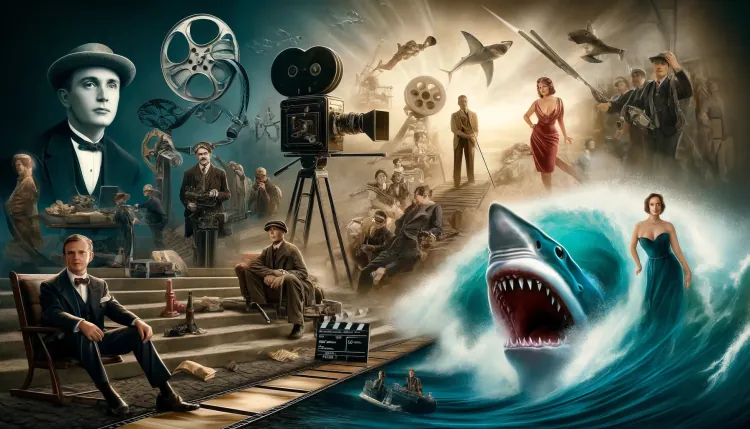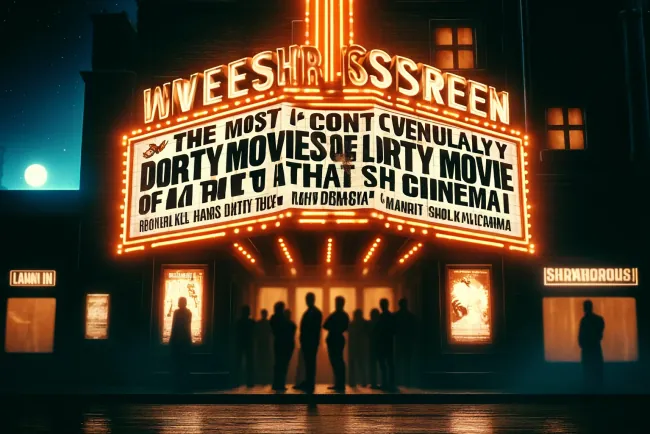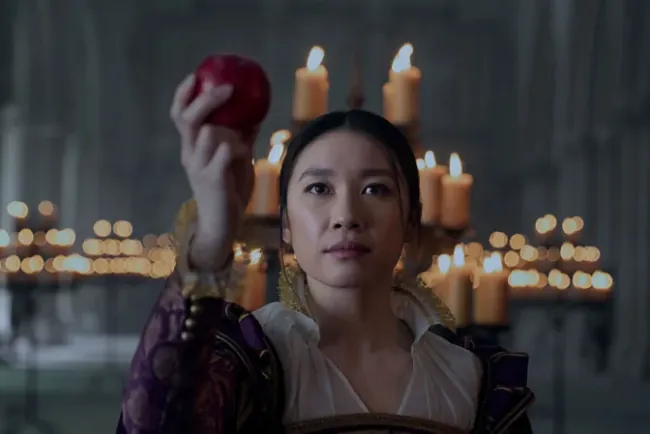The Evolution of Cinema: A Journey Through Time
The transformative journey of cinema from its inception to the digital age, highlighting key innovations and iconic eras

-
Introduction
- Brief overview of cinema's influence and evolution.
-
The Birth of Cinema
- The inception in the 1890s.
- The Lumière brothers and the first commercial film screening.
-
The Silent Film Era
- Key characteristics of the era.
- Major figures: Charlie Chaplin, Buster Keaton, D.W. Griffith.
- Transition to sound with "The Jazz Singer."
-
The Golden Age of Hollywood
- The rise of the studio system.
- Iconic stars and landmark films.
- Technological advancements: color films and enhanced sound.
-
New Waves and International Cinema
- Post-WWII cinematic changes.
- Italian Neorealism and the French New Wave.
- Influence on global cinema storytelling and style.
-
Blockbusters and Technological Advances
- The era of "Jaws" and "Star Wars."
- The impact of CGI on filmmaking.
- Notable films and directors of the era.
-
The Modern Era
- The digital revolution in cinema.
- Impact of streaming services and digital cinematography.
- The global accessibility of films.
-
Conclusion
- Summary of cinema's ongoing evolution and its cultural impact.
-
FAQs
- What was the first movie ever made?
- How did silent films impact modern cinema?
- What are the major technological advancements in filmmaking?
Introduction Cinema, an art form and a medium of mass entertainment, has undergone dramatic transformations since its birth in the late 19th century. From simple moving images to complex storytelling platforms, cinema continues to influence cultures and societies around the world.
The Birth of Cinema In the 1890s, the world witnessed a revolutionary invention—the cinematograph by Auguste and Louis Lumière. This device not only recorded motion pictures but also projected them, allowing multiple people to experience the magic of moving images simultaneously. Their first commercial screening in 1895, showcasing everyday French life, marked the beginning of public cinema.
The Silent Film Era During the silent film era, the film industry honed the art of visual storytelling. Icons like Charlie Chaplin and Buster Keaton brought forth films that mastered the blend of comedy, drama, and action—all without spoken dialogue. "The Jazz Singer" in 1927 introduced synchronized sound, pivoting cinema into the era of talkies, forever changing the landscape of film production.
The Golden Age of Hollywood Hollywood's Golden Age was characterized by the dominance of major studios such as MGM and Warner Bros. This period gave rise to global stars and produced some of the most iconic films in history, such as "Gone with the Wind" and "Casablanca." Technological advancements during this era included the introduction of Technicolor and improved sound systems that enhanced the cinematic experience.
New Waves and International Cinema The post-war era saw a shift in cinematic expression with movements like Italian Neorealism and the French New Wave. Directors like Federico Fellini and Jean-Luc Godard challenged conventional filmmaking, opting instead for a more personal and realistic depiction of life, influencing filmmakers worldwide.
Blockbusters and Technological Advances The 1970s marked the rise of the blockbuster, reshaping the economics of film with massive promotional campaigns and widespread releases. The advent of CGI technology allowed filmmakers like James Cameron to create visually breathtaking and technically complex movies like "Titanic."
The Modern Era Today, digital technology dominates the film industry, revolutionizing the way films are shot, edited, and distributed. Streaming services have also democratized access to cinema, allowing diverse and independent voices to be heard globally.
Conclusion The evolution of cinema is a testament to the enduring power of storytelling. As technology continues to evolve, so too will cinema, offering new ways to tell the rich stories that define the human experience.
FAQs
- What was the first movie ever made?
- Generally, "Roundhay Garden Scene" (1888) is considered one of the first films ever made.
- How did silent films impact modern cinema?
- Silent films developed foundational filmmaking techniques used in narrative storytelling, including mise-en-scène and montage.
- What are the major technological advancements in filmmaking?
- Key advancements include the introduction of sound, color, CGI, and digital cinematography.
This exploration of cinema's history not only reflects the technological progress but also the cultural shifts that have shaped today's global cinematic landscape. For more insights into the fascinating world of films, visit Kiksee Magazine.
What's Your Reaction?






















